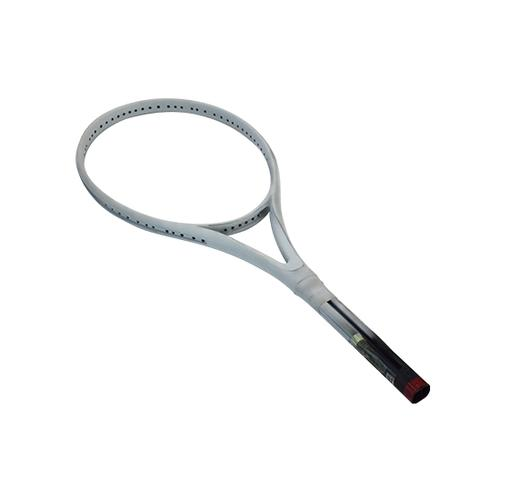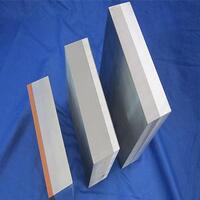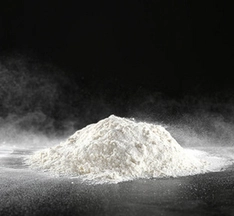1. Introduction
Just 24 hours ago, a major architecture firm in Copenhagen unveiled a new eco-office featuring a striking zinc clad roof and corten steel facade—highlighting the surging global demand for durable, low-maintenance, and visually distinctive metal cladding systems. This trend reflects a broader shift toward sustainable, long-lasting building exteriors that blend aesthetics with performance.

If you’ve heard terms like ‘metal clad,’ ‘clad steel,’ or ‘metal facade’ but aren’t sure what they mean or how they’re used, you’re not alone. ‘Metal clad’ is a versatile concept applied across construction, manufacturing, and electrical engineering. In this guide, we’ll break down everything you need to know—from the metal clad meaning to real-world applications like metal clad siding, standing seam roofs, and even metal clad electrical wire.
2. What Does ‘Metal Clad’ Mean?
At its core, ‘metal clad‘ (or ‘metalclad’) refers to a material or structure that’s covered or layered with metal. The term ‘clad metals’ describes composite materials where a base metal is bonded—mechanically or metallurgically—with a more corrosion-resistant or decorative metal layer. This process enhances durability, appearance, or functionality without the full cost of using solid premium metal.
For example, aluminum clad steel combines the strength of steel with the corrosion resistance of aluminum. Similarly, stainless clad aluminum or titanium clad sheets offer specialized performance for aerospace or chemical industries. The ‘clad metal meaning’ hinges on this synergy: better performance through smart layering.
3. Metal Cladding in Architecture
In construction, ‘metal clad‘ most commonly describes exterior building systems. A metal clad building might feature a metal clad wall, metal clad roof, or full metal facade. These systems are prized for longevity, weather resistance, and modern aesthetics.

Popular choices include:
- Corten steel siding: Known for its rust-like appearance that stabilizes over time, often used in contemporary homes and commercial spaces. Corten steel siding cost varies but offers decades of maintenance-free service.
- Zinc metal siding and zinc clad dormer: Elegant, self-healing, and sustainable—zinc develops a protective patina and is fully recyclable.
- Copper siding: Ages beautifully to a green patina; ideal for high-end metal clad houses.
- Exterior corrugated metal siding and corrugated steel facade: Industrial-chic look with excellent structural rigidity.
- Vertical standing seam metal siding and colorbond standing seam: Clean lines, superior water runoff, and minimal seams make these ideal for modern metal clad roofs.
Brands like PAC Clad offer premium solutions such as PAC Clad standing seam roof panels, PAC Clad coping, and PAC Clad column covers—widely used in steel clad buildings for both function and style.
4. Common Metal Clad Building Materials
Beyond design, performance matters. Architects and builders select from a range of metal sheet and plate options:

- Steel plate (including mild steel plate, carbon steel plate, and boiler plate steel) forms the backbone of many structural frames.
- Stainless steel plate (like 316 stainless steel plate or 304L variants) is used where corrosion resistance is critical.
- Aluminum diamond plate and aluminum checker plate provide slip-resistant surfaces for industrial or transport applications.
- Corten steel plate delivers that signature weathered look without ongoing maintenance.
- Thicknesses like 1/8 inch steel plate, 3/16 metal plate, or 1/4 metal plate are chosen based on load and exposure needs.
These materials can be cut via metal sheet cutting services and are available as aluminum sheet for sale or steel plate for sale from local distributors.
5. Industrial and Electrical Uses of Metal Clad
Metal clad isn’t just for buildings. In engineering and manufacturing, it plays vital roles:
- Metal clad electrical wire (or metal clad wire) features a protective metal sheath—often aluminum or steel—for fire resistance and mechanical protection in commercial wiring.
- Aluminum clad wire and CU clad wire are used in power transmission for cost-effective conductivity.
- Aluminum clad stainless steel and stainless clad aluminum combine properties for heat exchangers or food processing equipment.
- Alloy clad materials like 2024 T3 clad or 7075 T6 clad aluminum are common in aerospace for strength-to-weight ratios.
Even insulation systems use metal: aluminum clad pipe insulation wraps ducts and pipes for thermal efficiency and vapor control—this is metal clad insulation in action.
6. Sustainability and Trends
Today’s metal cladding is increasingly sustainable. Metals like zinc, copper, and aluminum are 100% recyclable. Corten steel eliminates the need for painting or sealing. And systems like standing seam facade panels can integrate solar panels or rainwater harvesting.
Moreover, innovations in electroplating—such as chromium electroplating, electroless nickel, or gold coating—enhance surface properties for everything from nameplates to turbine blades. Even niche products like nickel sulfamate or chrome carbide overlay extend equipment life in harsh environments.
7. Conclusion
Whether you’re designing a steel clad house, specifying a zinc clad roof, or selecting clad steel for industrial use, ‘metal clad’ offers unmatched versatility. From the meaning of clad metals to real-world applications like metal weatherboard or PAC Clad HWP panels, this technology bridges form, function, and future-readiness. As sustainable architecture grows, expect metal cladding to remain at the forefront—rustic, refined, or revolutionary.
Our Website founded on October 17, 2012, is a high-tech enterprise committed to the research and development, production, processing, sales and technical services of ceramic relative materials such as What. Our products includes but not limited to Boron Carbide Ceramic Products, Boron Nitride Ceramic Products, Silicon Carbide Ceramic Products, Silicon Nitride Ceramic Products, Zirconium Dioxide Ceramic Products, etc. If you are interested, please feel free to contact us.
